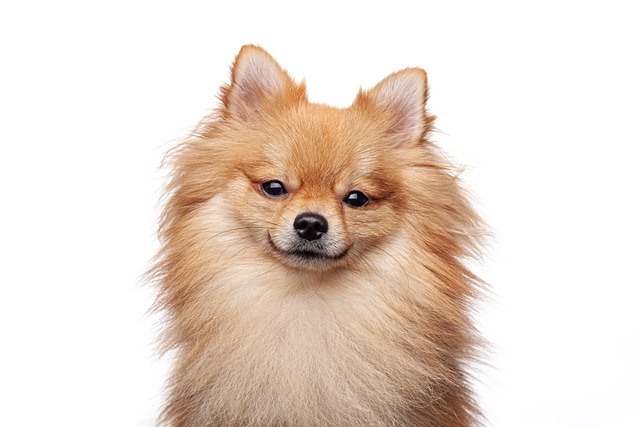
How can I tell if my dog's heatstroke is serious
Let’s be real: It’s a sticky August morning in Los Angeles, and you took your 2-year-old Golden Retriever, Max, for a walk a little later than usual
Pomeranians are tiny balls of energy—but those fluffy coats can hide extra pounds that creep on fast, especially if they’re spoiled with too many treats or short walks. Many owners don’t realize their Pom’s “cute chub” is actually a health risk; extra weight strains their small joints and raises the chance of diabetes or heart issues down the line. Getting a Pomeranian to lose weight takes patience, but it starts with small, consistent changes to their routine.
First, nix the random table scraps and stick to portioned meals. Most Poms only need ¼ to ½ cup of high-quality dry food daily—use a measuring cup to avoid overfeeding, even if they beg with those big, fluffy faces. Swap sugary store-bought treats for tiny, low-cal options: a single blueberry, a pinch of plain cooked chicken, or a small piece of carrot. This keeps training rewards positive without adding unnecessary calories to their Pomeranian weight loss plan.
 Exercise needs to be fun, not forced—Poms hate feeling rushed. Try two 15-minute walks a day instead of one long hike; add quick play sessions with a feather wand or a small ball in the living room to keep them moving. In many European countries and U.S. cities, local park rules require dogs to be leashed, so use this time to let your Pom explore at their pace—sniffing grass or chasing a butterfly counts as activity too. Just avoid intense exercise right after meals to prevent digestive upset.
Exercise needs to be fun, not forced—Poms hate feeling rushed. Try two 15-minute walks a day instead of one long hike; add quick play sessions with a feather wand or a small ball in the living room to keep them moving. In many European countries and U.S. cities, local park rules require dogs to be leashed, so use this time to let your Pom explore at their pace—sniffing grass or chasing a butterfly counts as activity too. Just avoid intense exercise right after meals to prevent digestive upset.
Behavioral cues matter too—Poms often beg for food out of boredom, not hunger. Give them puzzle toys stuffed with frozen pumpkin to keep their minds busy. If your Pom tends to hover while you eat, teach them a “go to bed” command with positive reinforcement; this redirects their focus and builds good habits. Some U.S. animal welfare groups even recommend this technique as part of responsible pet ownership, which aligns with local laws that prioritize a dog’s physical and mental health.
Legally, neglecting a dog’s weight can be considered a form of cruelty in places like the UK (under the Animal Welfare Act) and parts of Canada. Courts have ruled that allowing extreme obesity— which leads to chronic pain or illness—violates a owner’s duty to provide proper care. Even in areas without strict laws, vets often report severe weight cases to animal control if owners refuse to act. Keeping your Pom at a healthy weight isn’t just kind—it’s part of meeting legal care standards.
Start slow, track progress with monthly vet check-ins, and celebrate small wins—like your Pom having more energy to play or fitting into their old harness. Pomeranian weight loss doesn’t happen overnight, but with consistent meals, fun exercise, and attention to their behavior, you’ll help your fluffy friend live a longer, healthier life.

Let’s be real: It’s a sticky August morning in Los Angeles, and you took your 2-year-old Golden Retriever, Max, for a walk a little later than usual

You're enjoying a summer afternoon at the park when you notice your dog has stopped panting and appears disoriented - their gums are bright red

Let’s paint the picture: You’re in your Denver apartment, watching your 4-year-old Boston Terrier, Ruby, plop down mid-play session with her favorite toy

Many dog owners notice their pets nails seem shorter after regular walks,but how much does this daily activity actually help?The answer depends on where you walk—concrete sidewalks or asphalt streets gently file nails as a dog's paws hit the ground

Most dog owners notice their pup scooting across the carpet at some point, but few connect it to impacted anal glands. These small sacs near a dog’s rectum secrete a scent for marking territory

Most vets agree that regular dog teeth cleaning is key to avoiding painful dental issues later. For healthy adult dogs, a professional cleaning at the vet’s office every 12 to 18 months usually works well.